
0:00 / 0:00
Seasonal Pricing for UK Painters: A Guide to Market Forces & Timing
Seasonal Pricing for UK Painters: A Guide to Market Forces & Timing
The UK painting and decorating industry operates within complex seasonal patterns and market forces that significantly impact pricing, client demand, and profitability. Understanding these cycles enables professional contractors to optimise their quoting strategy, maximise revenue, and build a more resilient business that can thrive in any economic climate.
Unlike many services with consistent year-round demand, painting contractors face pronounced seasonal swings affecting everything from material costs to labour availability. These factors are compounded by broader market forces like inflation, supply chain issues, and shifting consumer confidence, creating a dynamic environment that demands a sophisticated strategic response.
Recent industry data reveals the significant impact of these forces. Trade paint and material costs have seen sharp increases, with some suppliers announcing multiple price hikes in a single year. These cost pressures, combined with seasonal demand, require a nuanced understanding of market dynamics to protect your profit margins.
This comprehensive guide examines the seasonal patterns driving UK painting demand, the market forces influencing costs, and the strategies that enable contractors to optimise performance throughout the year. We'll explore how weather affects scheduling, how economic conditions influence client spending, and how smart contractors can leverage these insights for a powerful competitive advantage.
Understanding Seasonal Demand Patterns in the UK
The UK's interior painting industry experiences distinct seasons that impact client demand and pricing opportunities. These patterns follow predictable cycles that a strategic contractor can use to their advantage through better capacity planning, pricing, and marketing.
Spring (March - May): The Refresh and Renew Surge
Spring marks the beginning of the peak season. As the weather improves and bank holidays approach, homeowners are motivated to refresh their living spaces. This 'spring clean' mentality creates a strong surge in demand for interior painting.
This demand is often fuelled by a desire for a fresh start and is a popular time for people to put their homes on the market. This creates pricing opportunities for contractors who can demonstrate quality, reliability, and availability during this high-demand period.
Summer (June - August): The Peak Season
Summer is typically the busiest time of year. Favourable weather, long daylight hours, and school holidays make it the ideal time for clients to have work done with minimal disruption. However, this peak demand also brings increased competition and pressure on your capacity.
During the summer peak, contractors can often implement premium pricing due to high demand and limited availability. The key is to have a clear value proposition that justifies a higher price, ensuring your service delivery meets the elevated expectations that come with it.
Autumn (September - November): The Pre-Holiday Rush
Autumn often represents a secondary peak as clients rush to complete projects before the festive season. This period is characterised by urgency, as homeowners want their homes looking perfect for Christmas entertaining.
This urgency can make clients less price-sensitive and more focused on your ability to meet a deadline. This creates opportunities for premium pricing, particularly if you have availability when competitors are fully booked.
Winter (December - February): The Strategic Slowdown
Winter is typically the slowest period for residential demand. The Christmas rush is over, and budgets are often tighter post-holidays. However, this slowdown creates strategic opportunities for the savvy contractor.
Winter is the perfect time to target commercial clients (offices, retail) who need work done during their quietest period. It's also an opportunity to offer incentives for residential interior work, keeping your best staff busy and maintaining cash flow. Projects are often driven by necessity (e.g., water damage repairs) rather than discretionary spending, meaning clients may still prioritise quality over the lowest price.
Managing Material Cost Fluctuations & Supply Chains
Material costs are one of the most volatile factors affecting your profitability. Recent years have seen dramatic price increases from all major UK suppliers, driven by complex global forces.
The Rhythm of Price Increases
In the UK, trade paint manufacturers typically announce price increases in the early part of the year, often taking effect in spring to coincide with the start of the busy season. These increases can range from £0.25 to £1.25 per litre depending on the product. Staying informed through your supplier and trade associations like the Painting and Decorating Association (PDA) is critical.
This predictable timing allows for strategic purchasing. Stocking up on your most-used primers and trade whites in January or February, before the new prices hit, can result in significant annual savings. However, this must be balanced against cash flow and adequate, dry storage space.
Drivers of Cost and Supply Issues
Understanding why prices are rising helps in conversations with clients:
- Raw Materials: The cost of resins, pigments, and solvents, many of which are petroleum-based, is tied to global energy prices and supply chain disruptions.
- Manufacturing & Labour: Rising energy and labour costs at the factory level are passed down the chain.
- Logistics: Increased fuel and transportation costs directly impact the final price of a tin of paint delivered to your local trade centre.
Developing strong relationships with multiple suppliers can build resilience against stock shortages and may provide access to better volume-based pricing.
How Broader Economic Forces Affect Your Business
Your painting business is directly influenced by the health of the UK economy. Tracking these trends allows you to anticipate market shifts.
- Interest Rates & Mortgages: When interest rates rise, the housing market tends to cool. This can reduce the number of house-move related jobs but often increases demand for redecoration projects as people choose to 'improve, not move'.
- Inflation & Consumer Confidence: High inflation squeezes disposable income, which can make clients more price-sensitive. However, you can counter this by positioning your service as a long-term investment that protects and enhances the value of their biggest asset—their home.
- The Housing Market: A strong housing market creates high demand from both sellers preparing homes for sale and new buyers wanting to personalise their space. Monitor local property trends, not just national headlines.
- Government Policy: Keep an eye on government initiatives like energy efficiency grants (e.g., for insulation, which often requires redecoration) or housing support schemes, as these can create new pockets of demand.
By understanding these interconnected forces, you can pivot your marketing and service offerings to stay profitable, whether the economy is booming or facing a downturn.
Frequently Asked Questions
Ready to Transform Your Painting Business?
Join the revolution in professional painting quotes
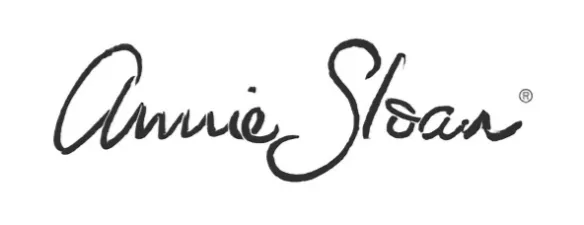


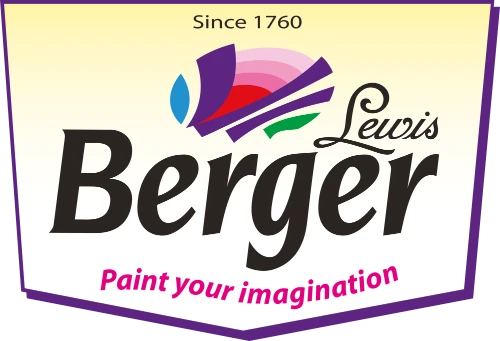


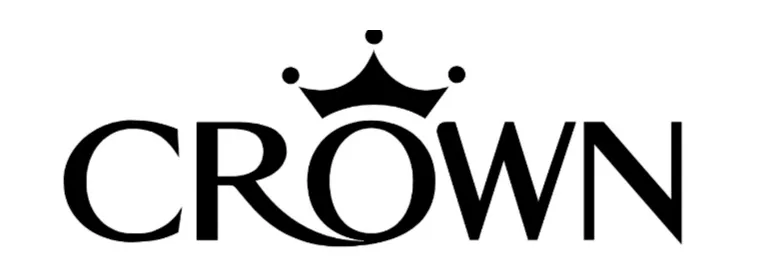

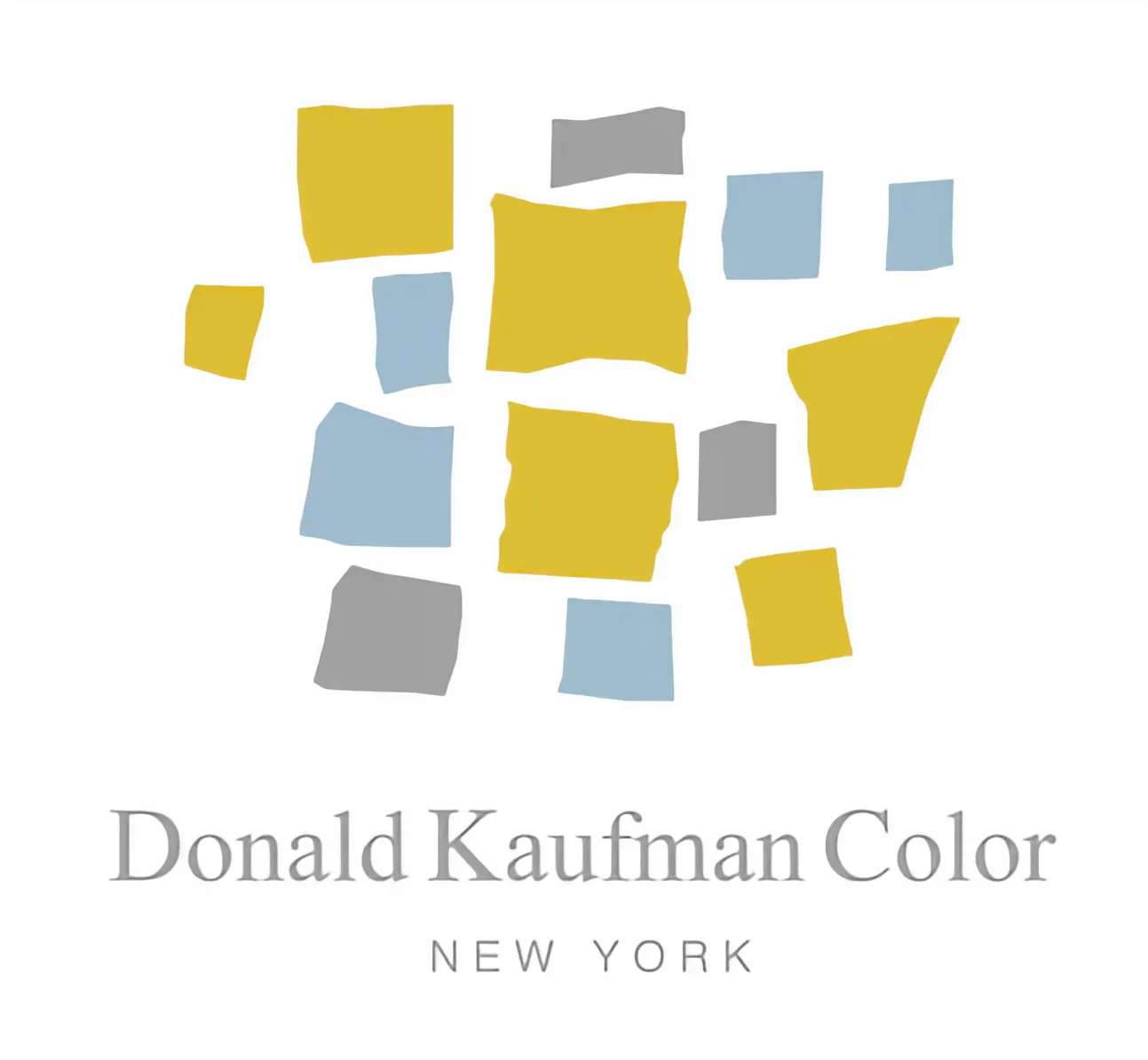
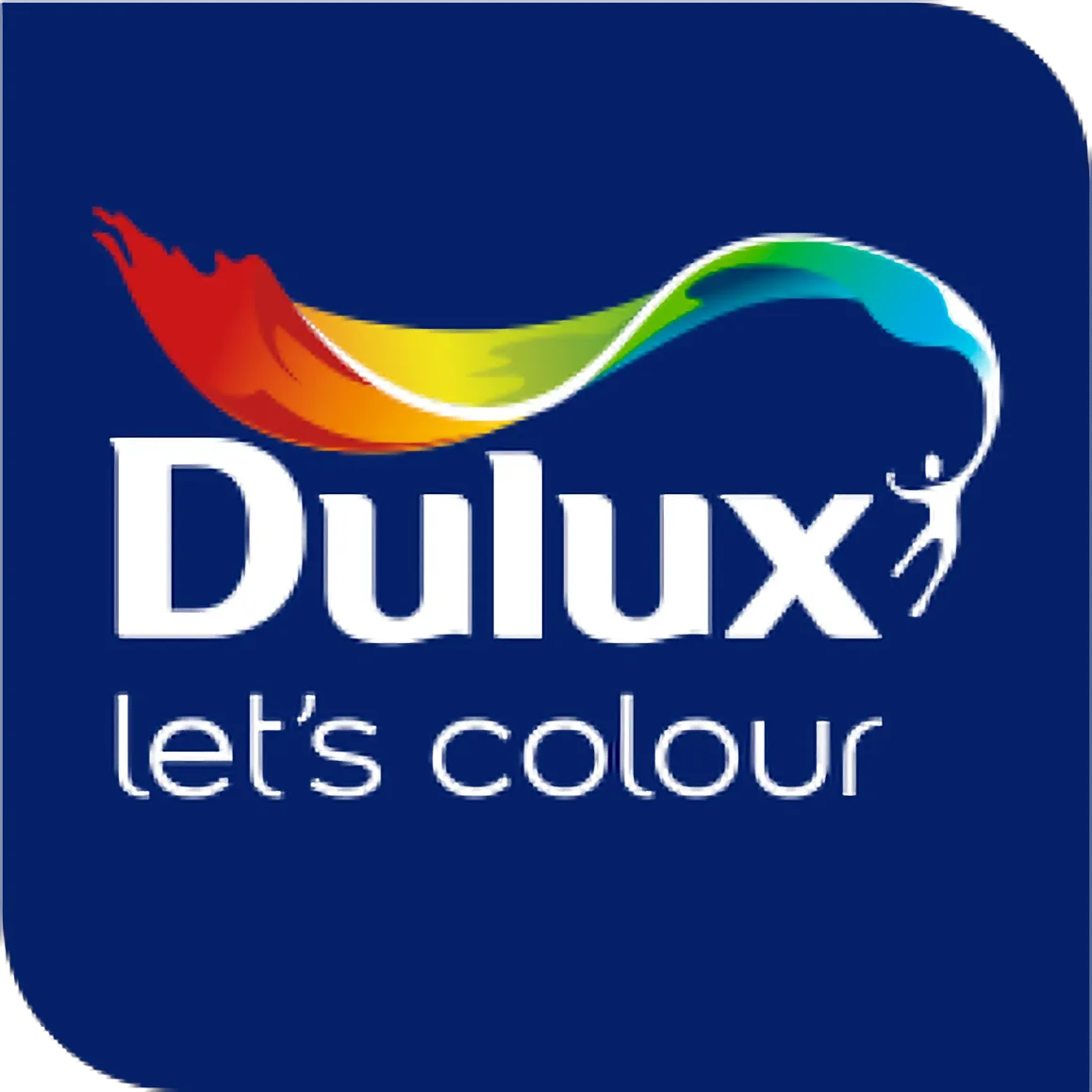


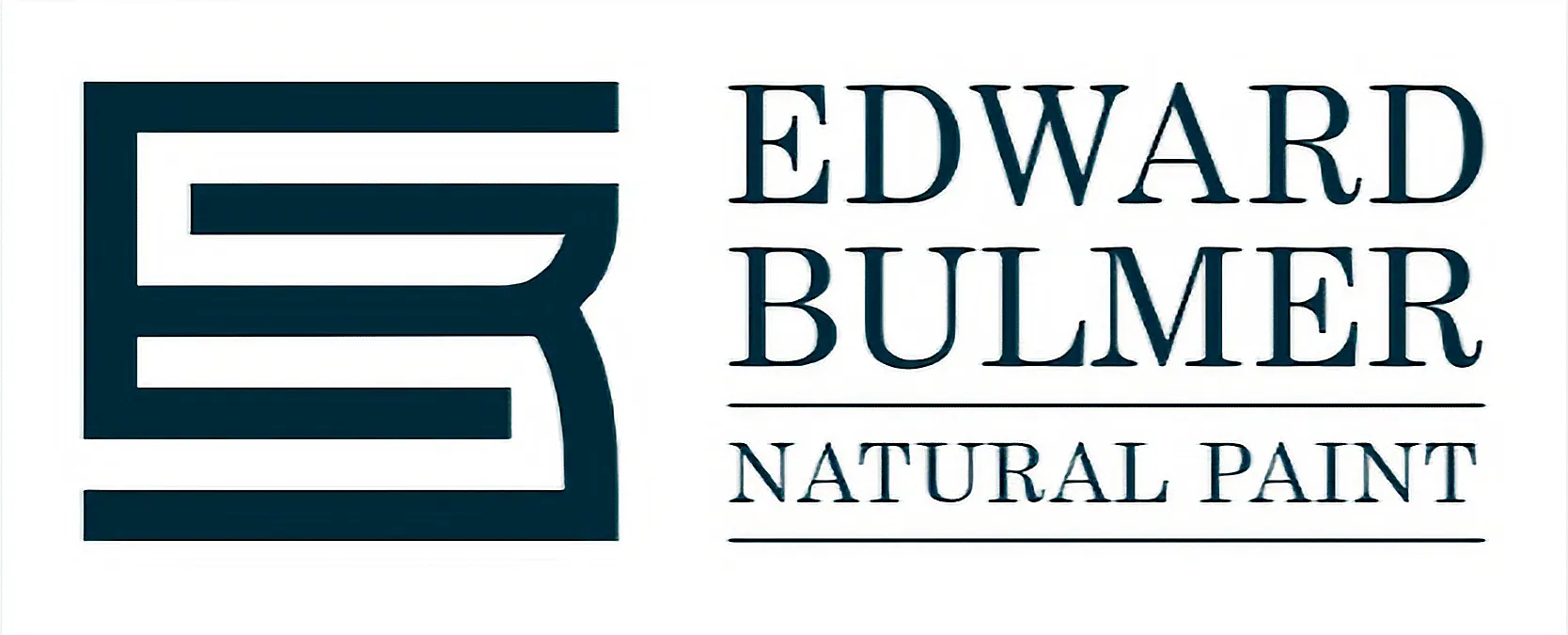
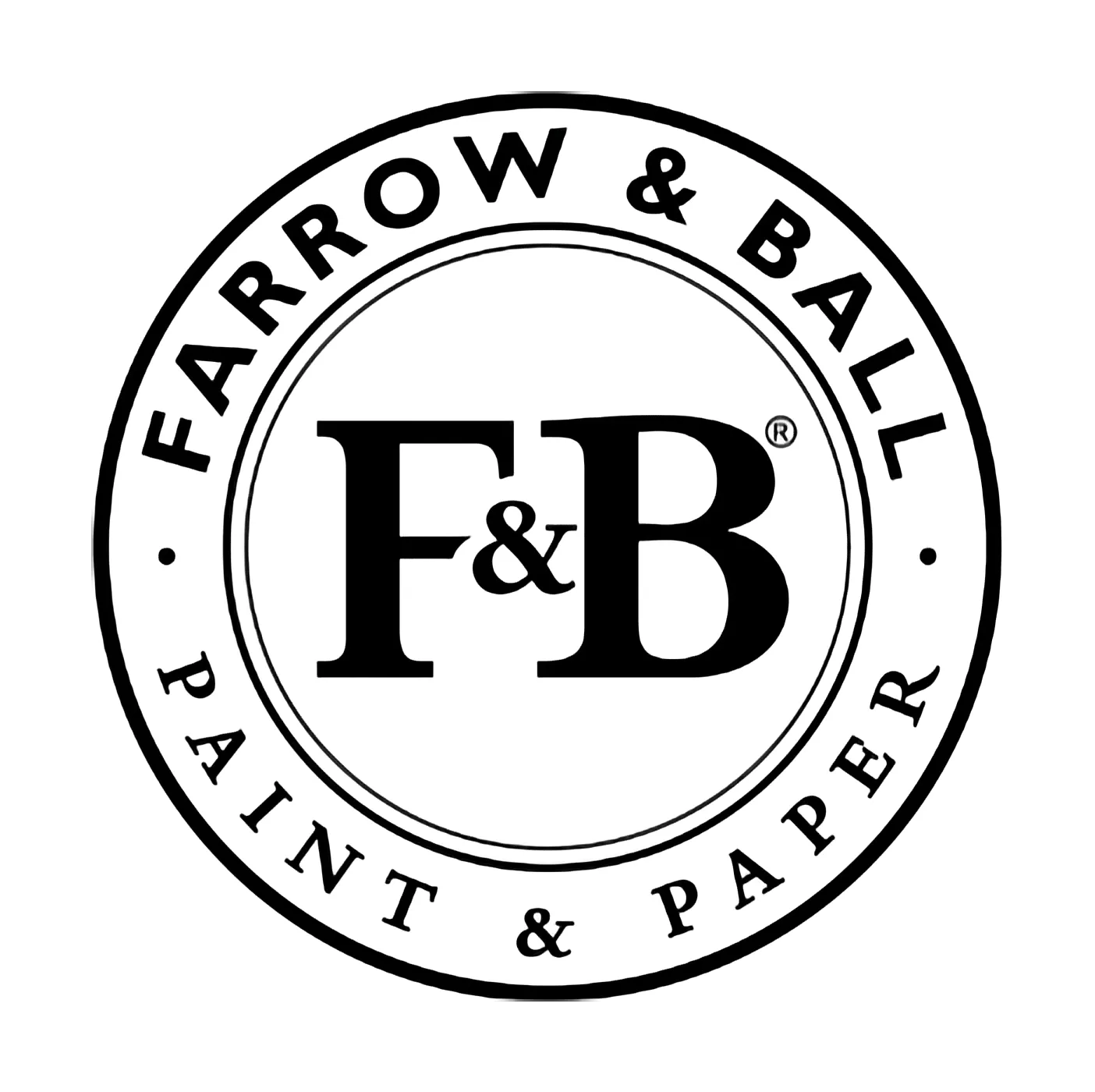


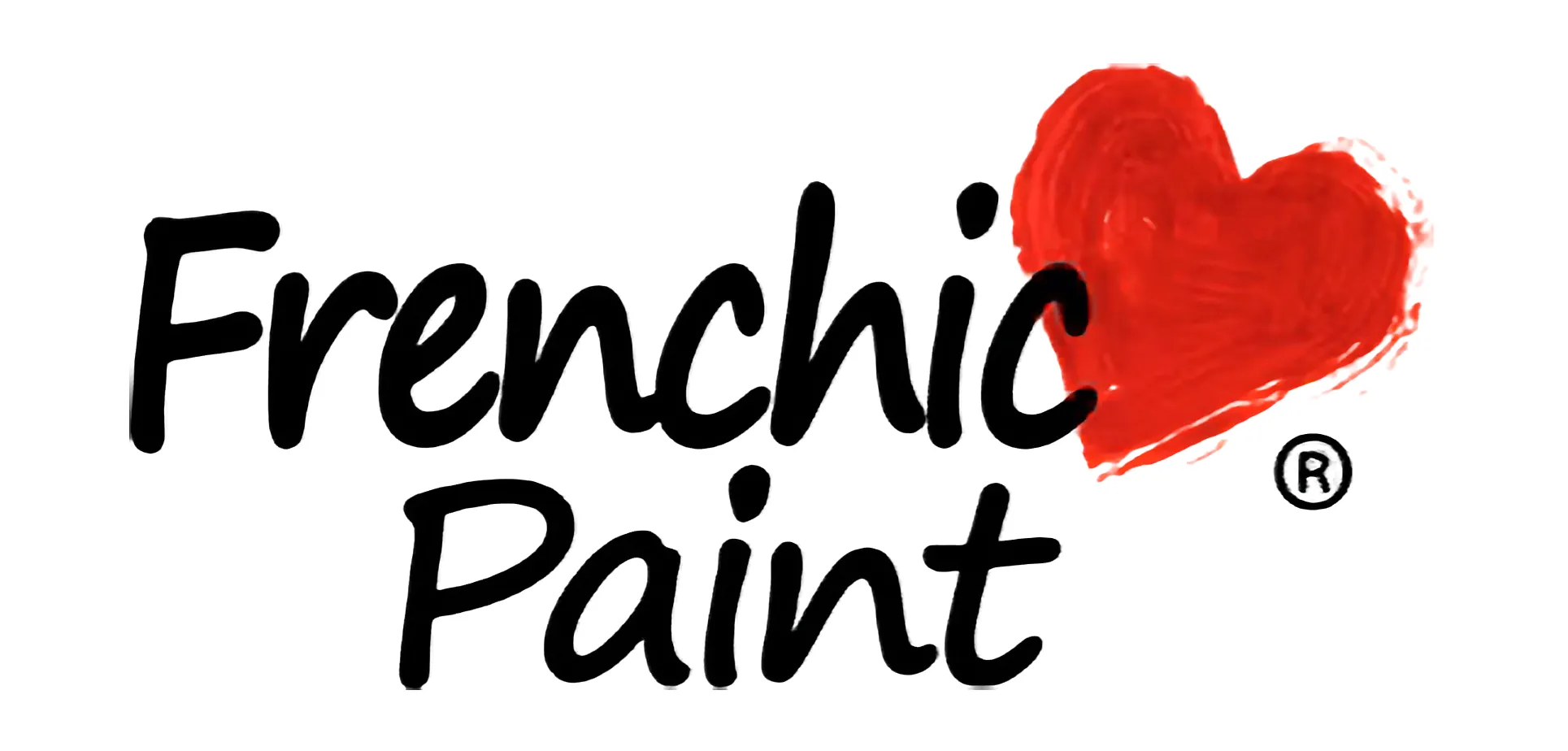

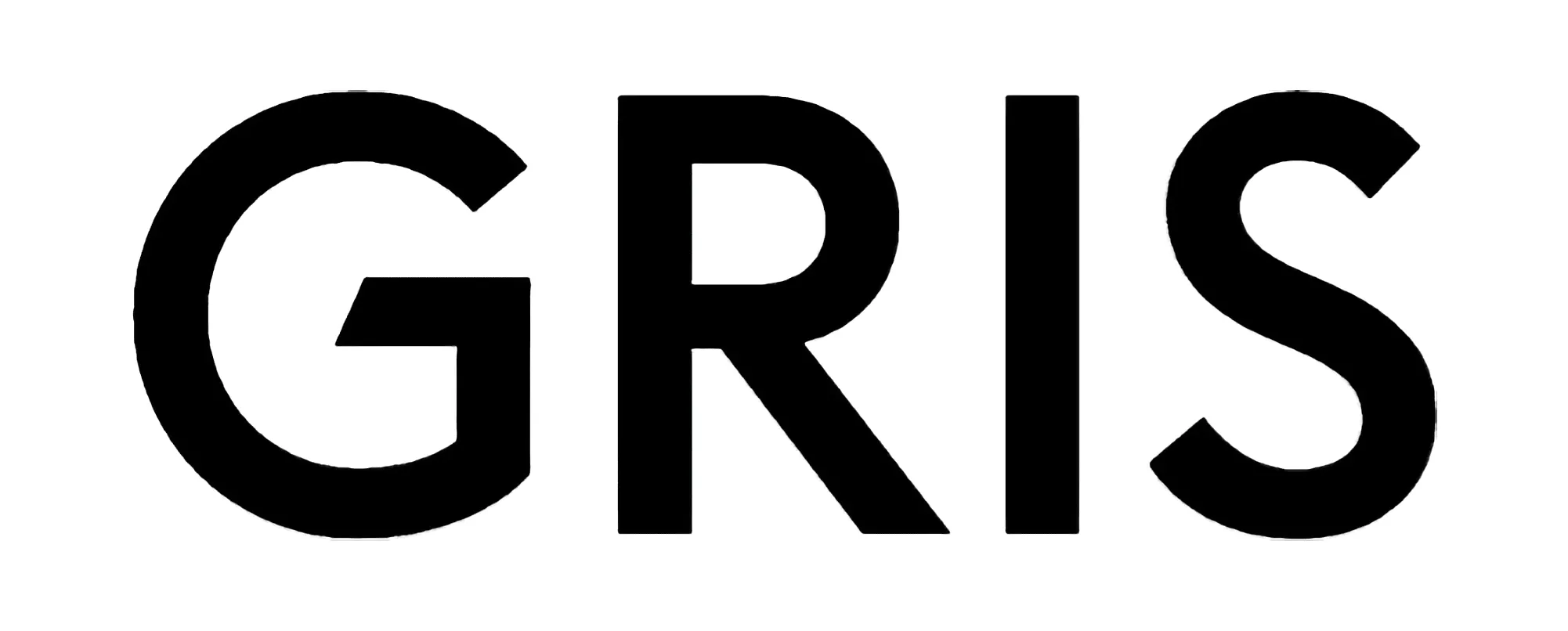
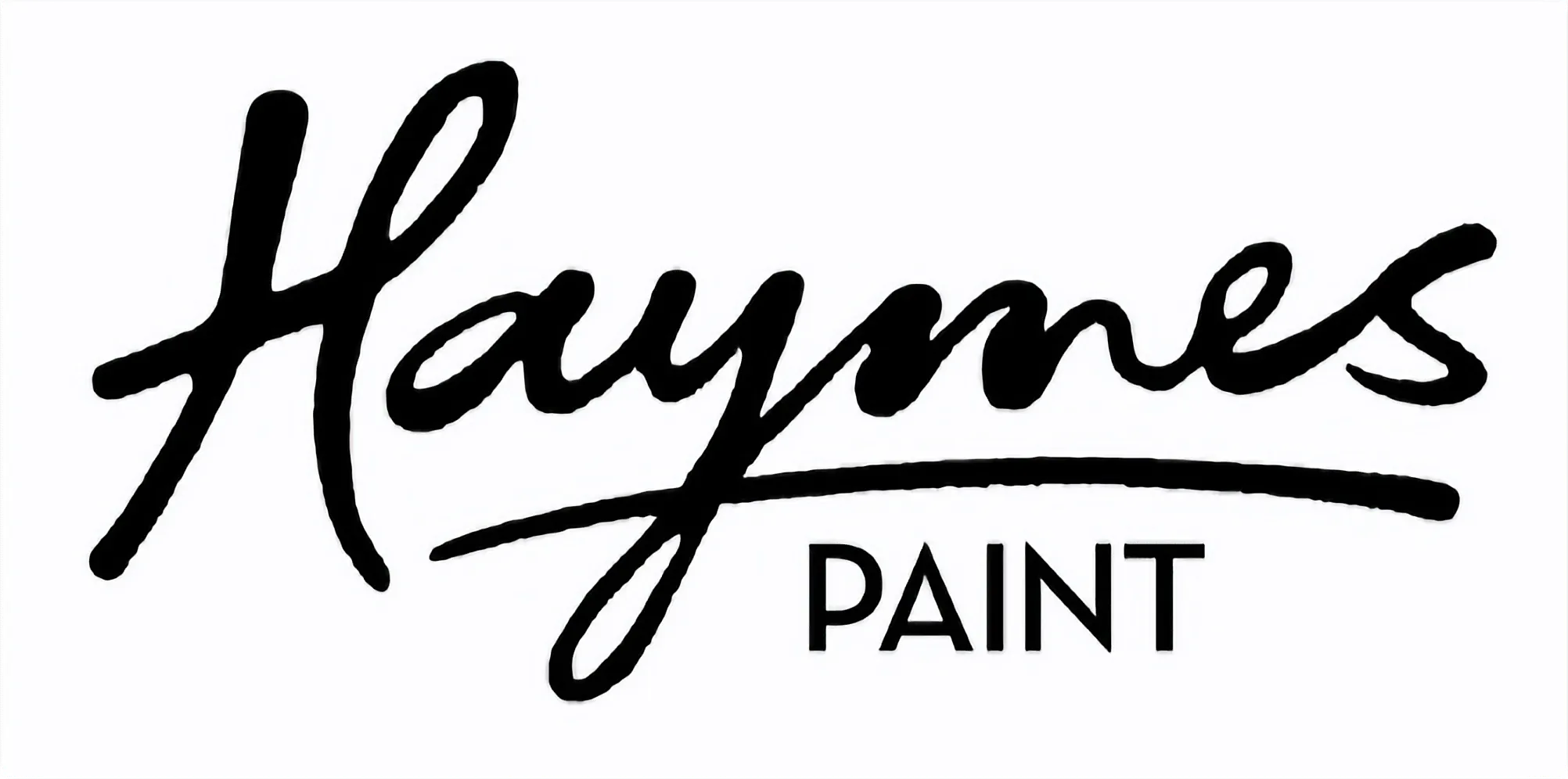
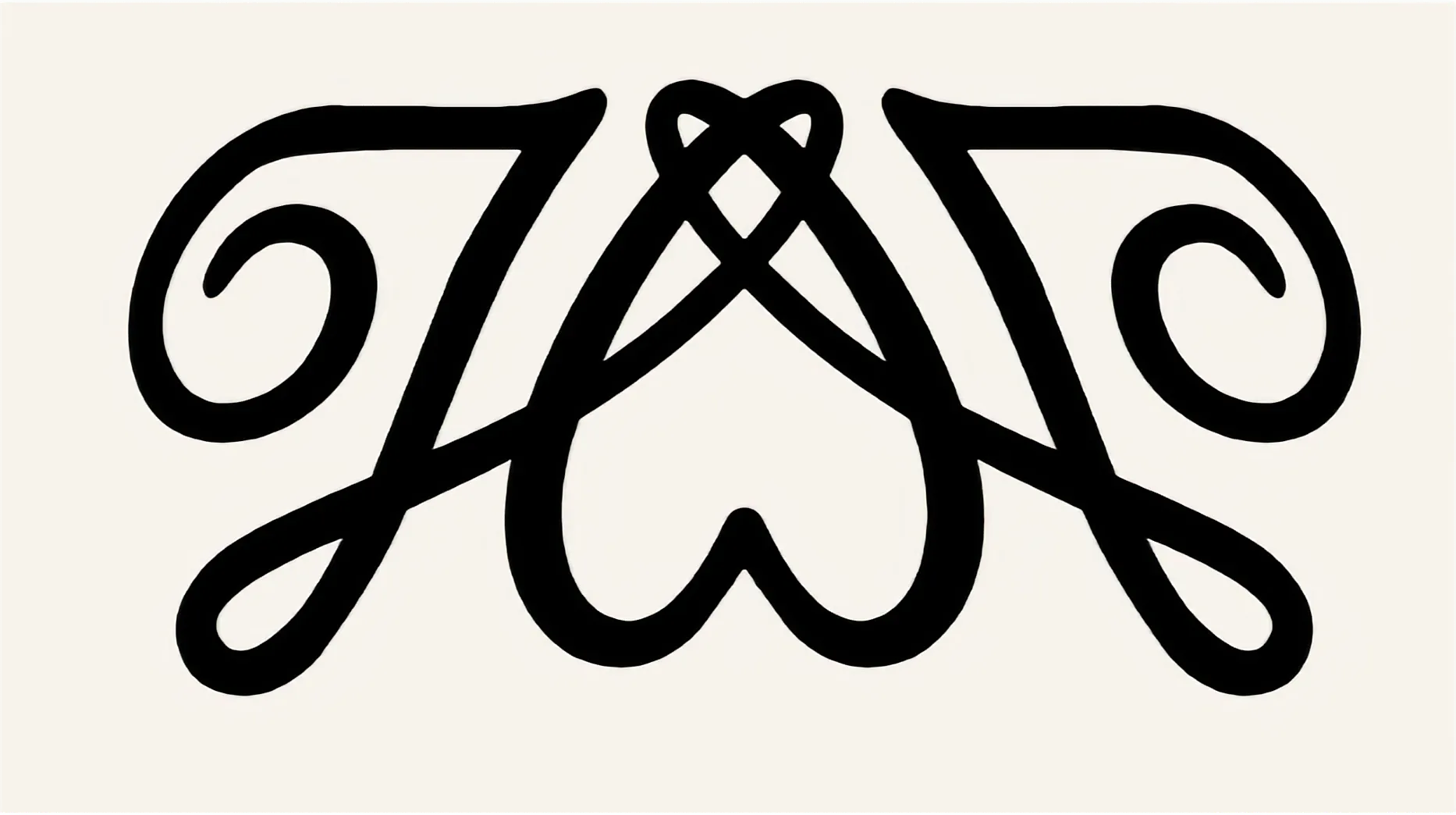
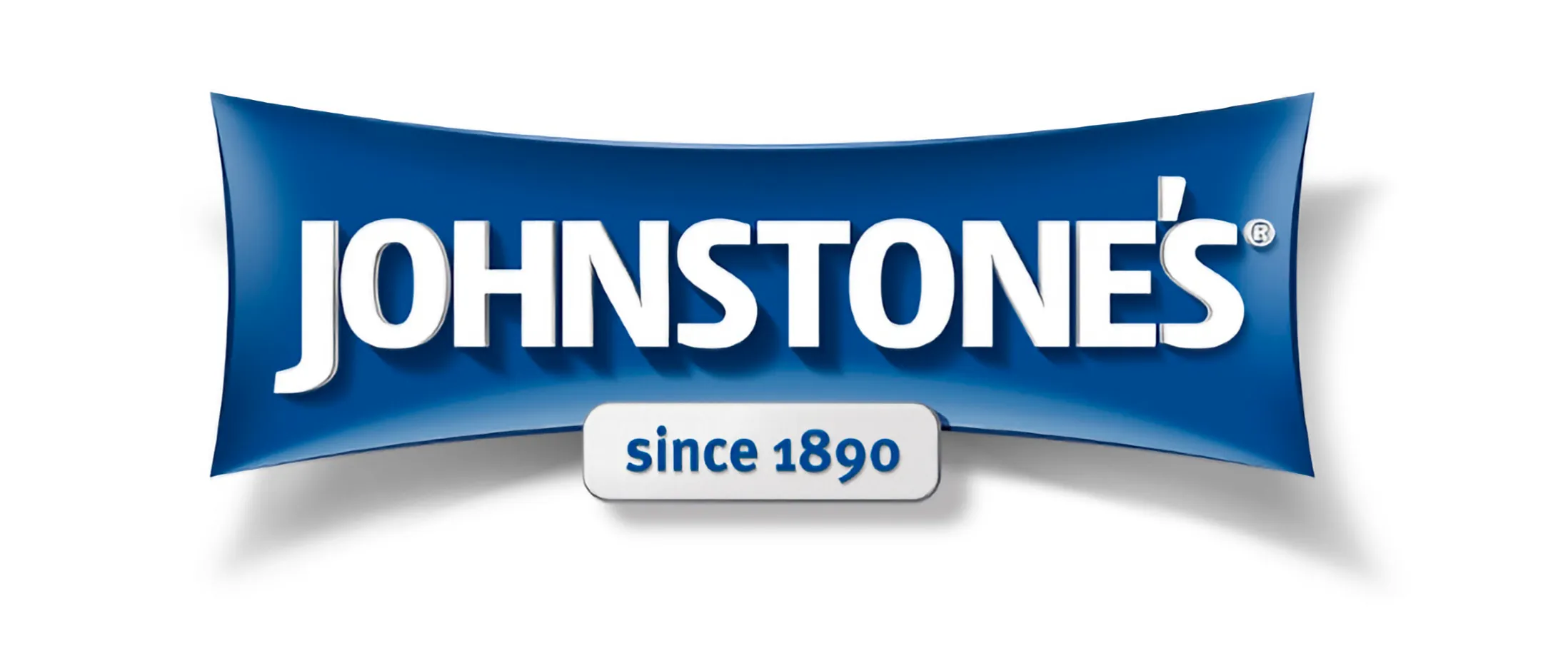

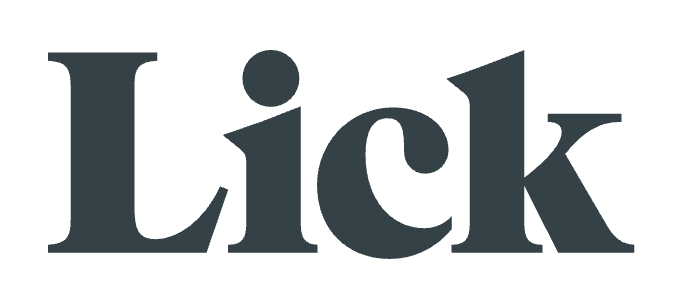



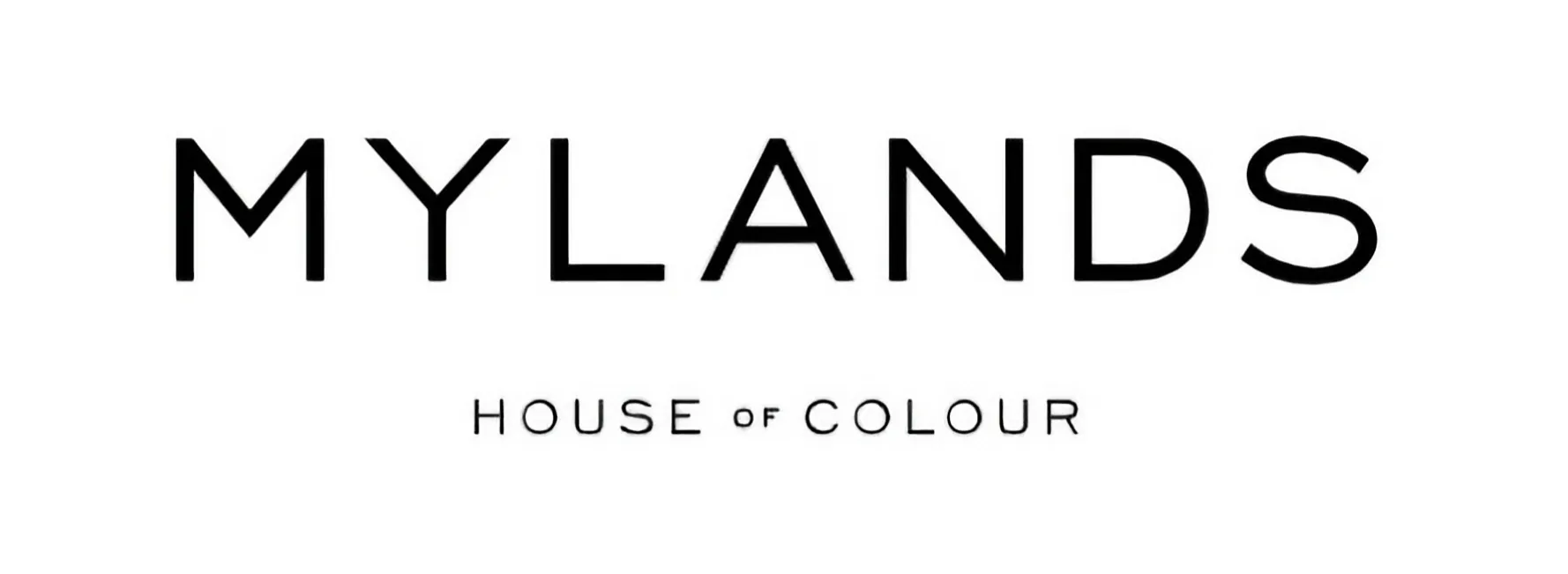




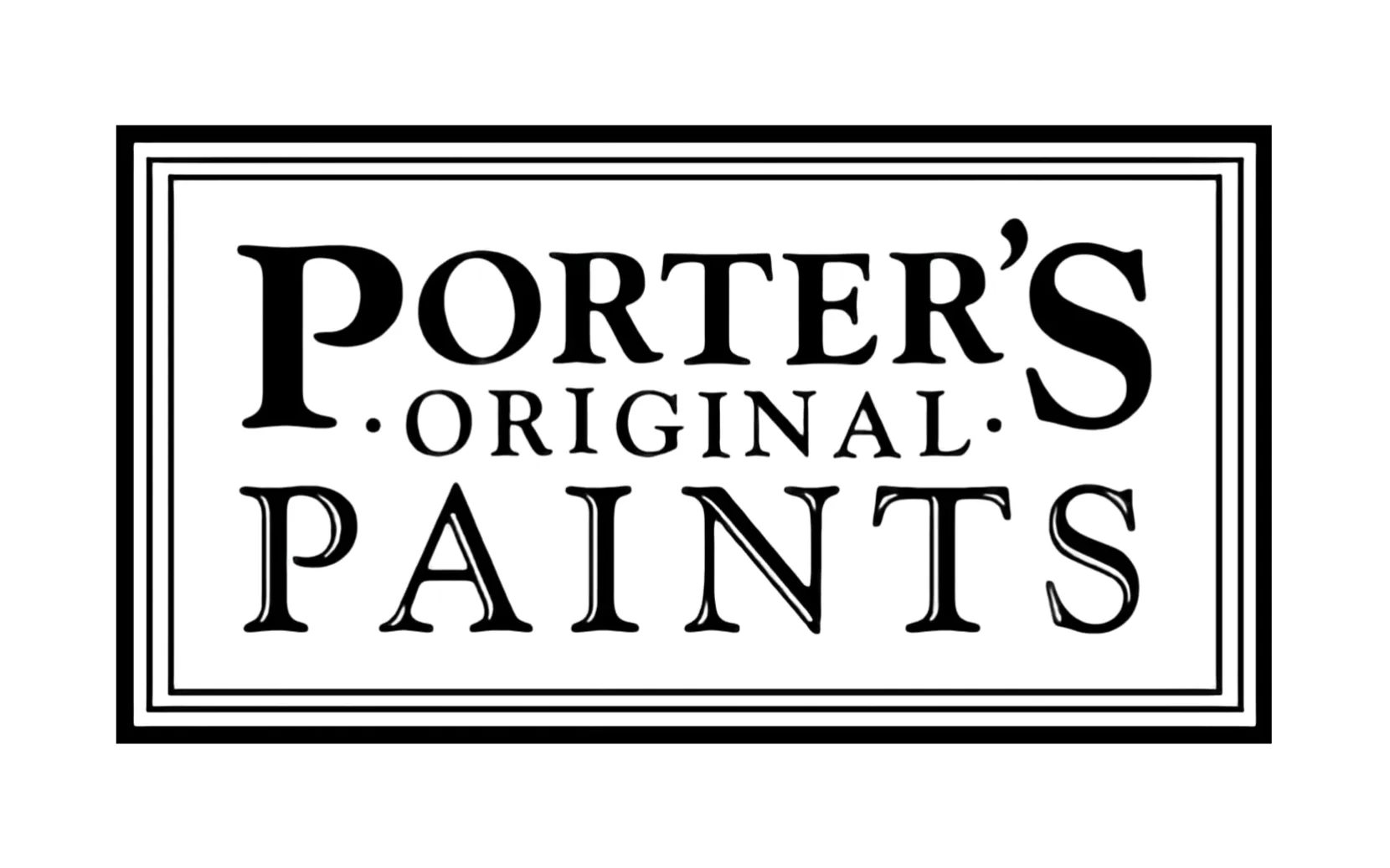

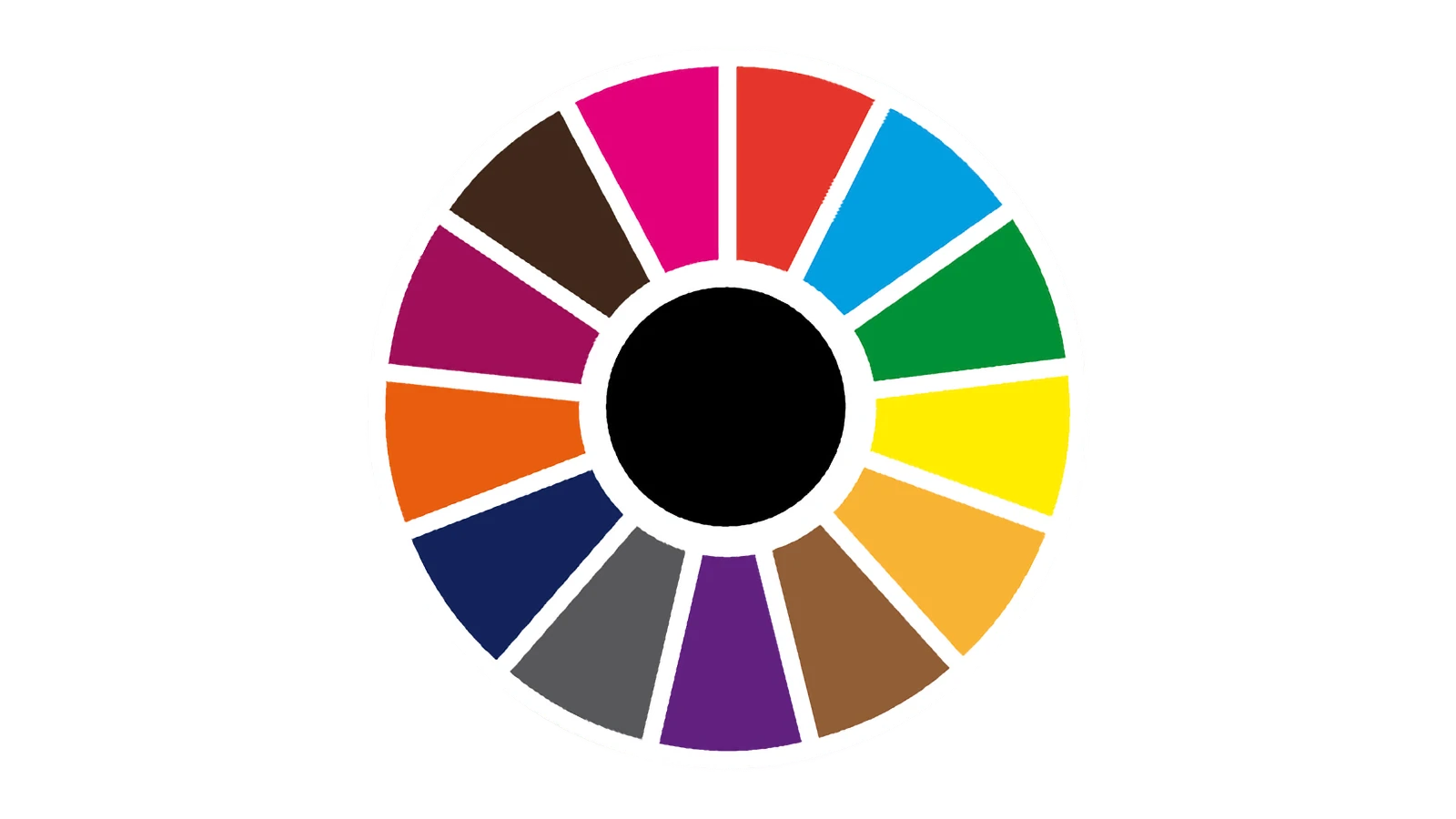
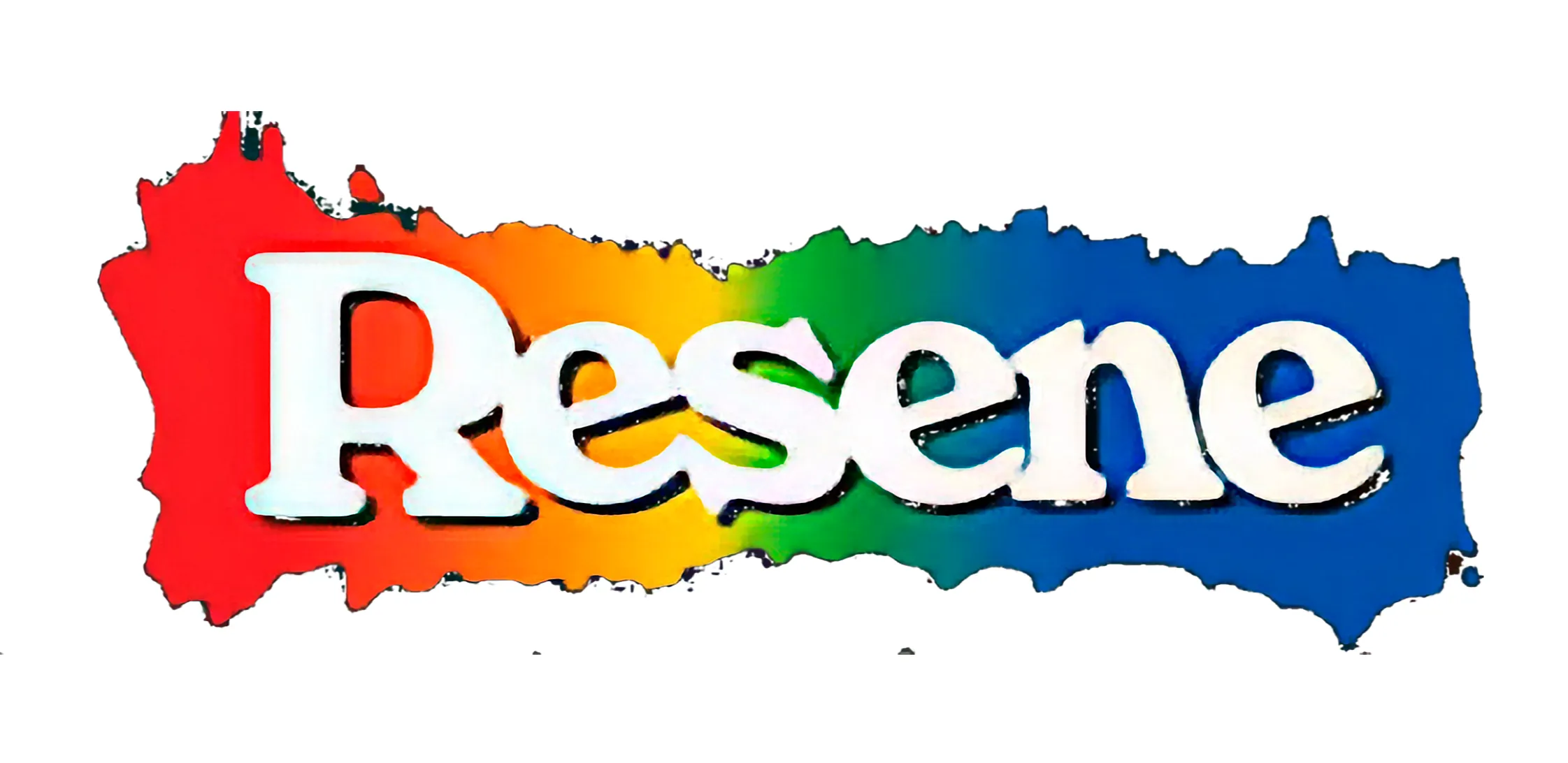





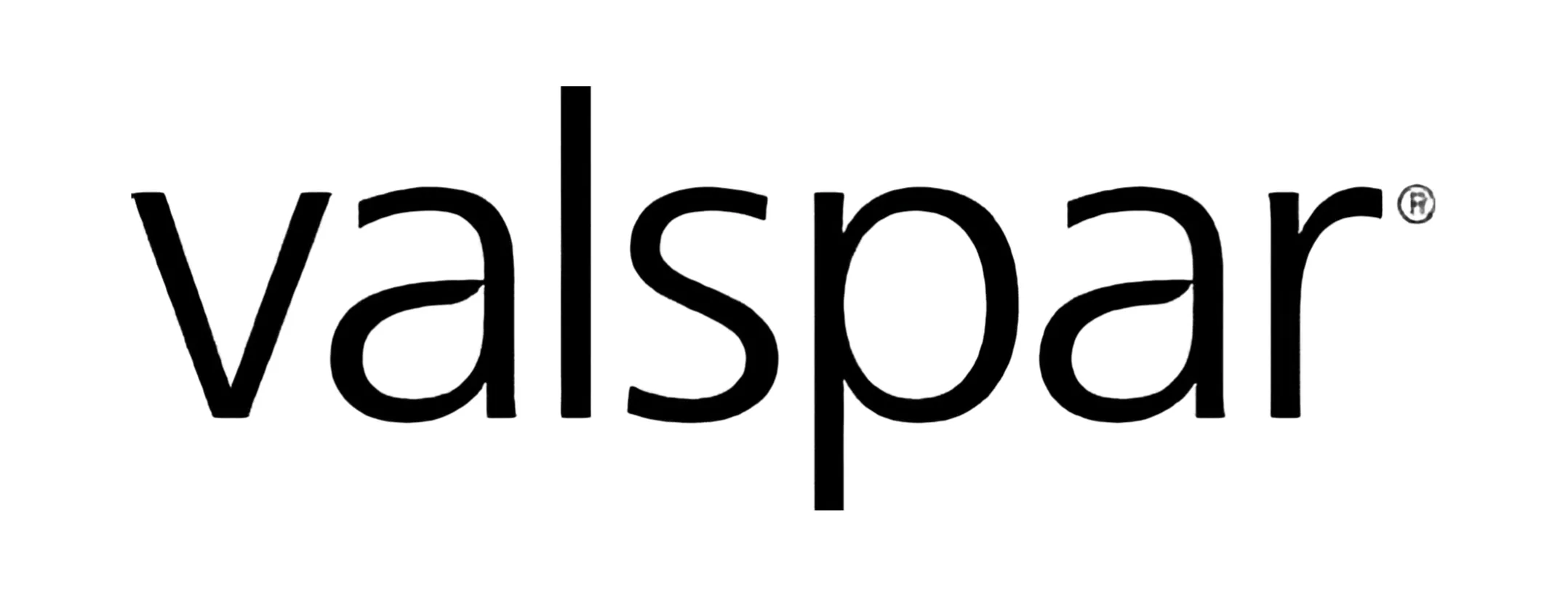
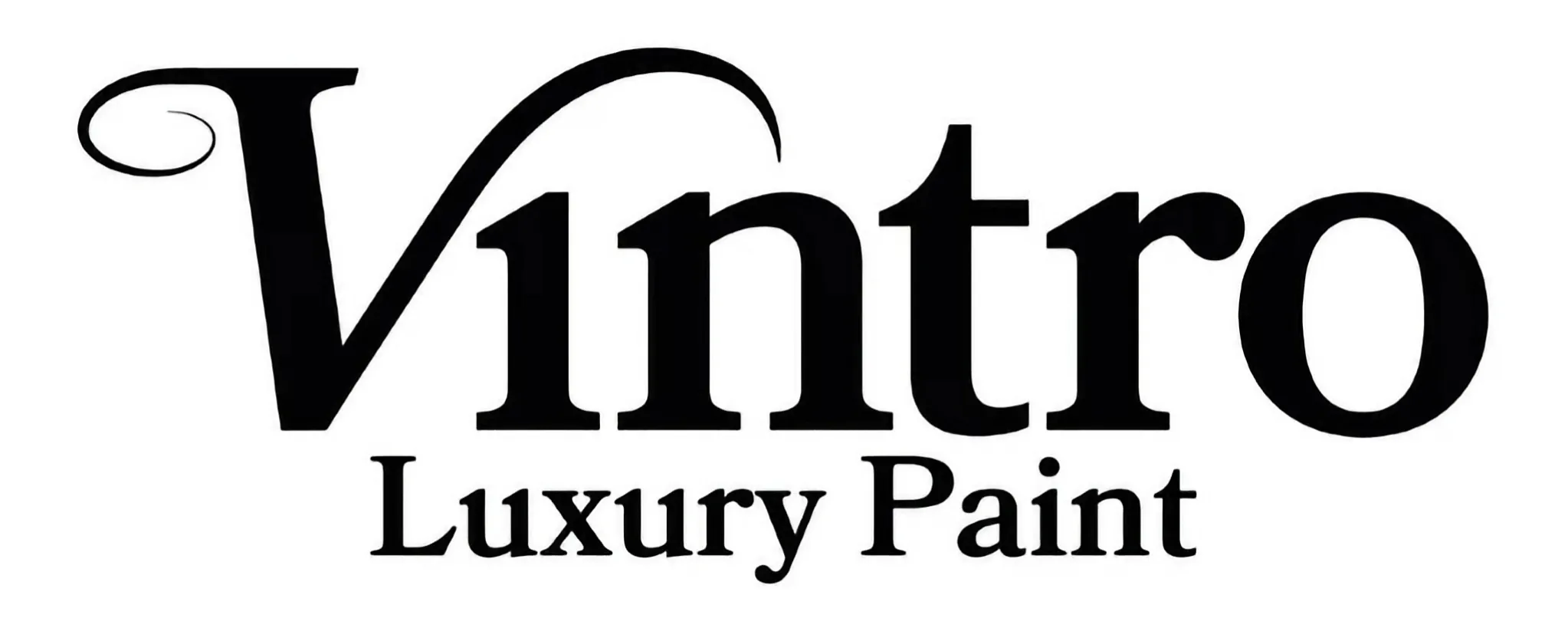

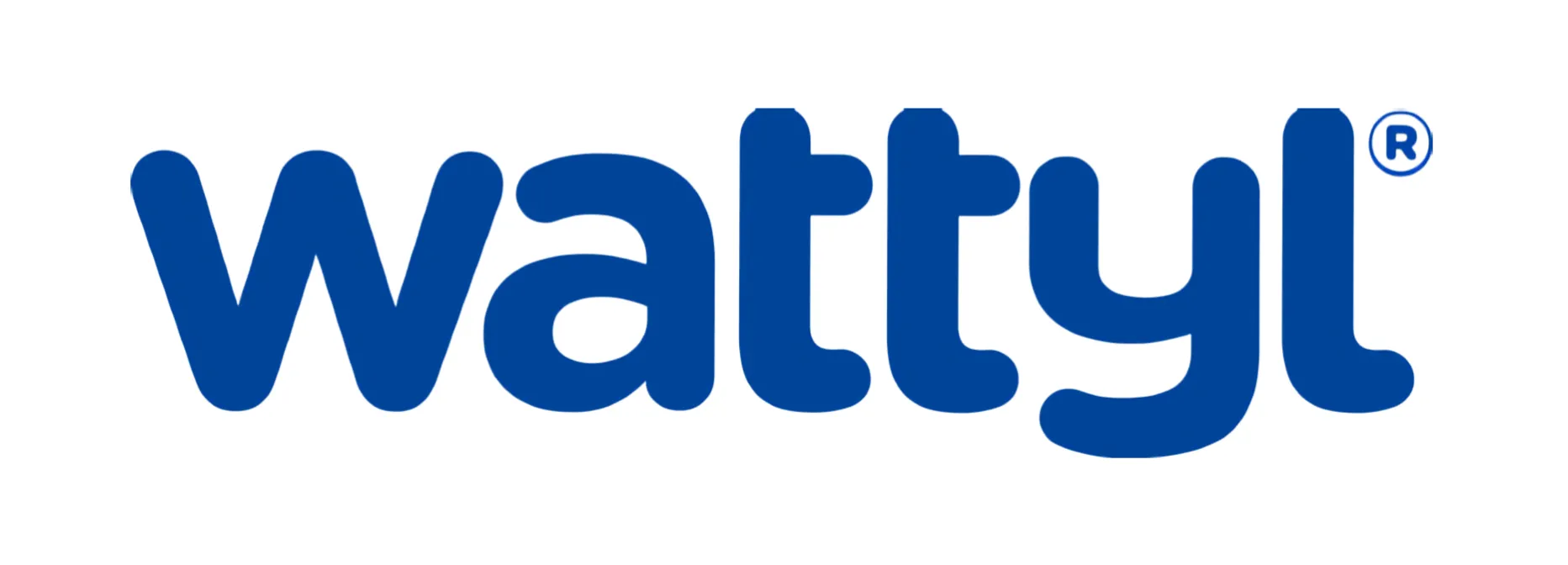

















































Stay Updated
Get industry insights, feature updates, and growth tips delivered to your inbox.
© 2025 PaintQuote Pro. All rights reserved.
Payments securely processed by Stripe


